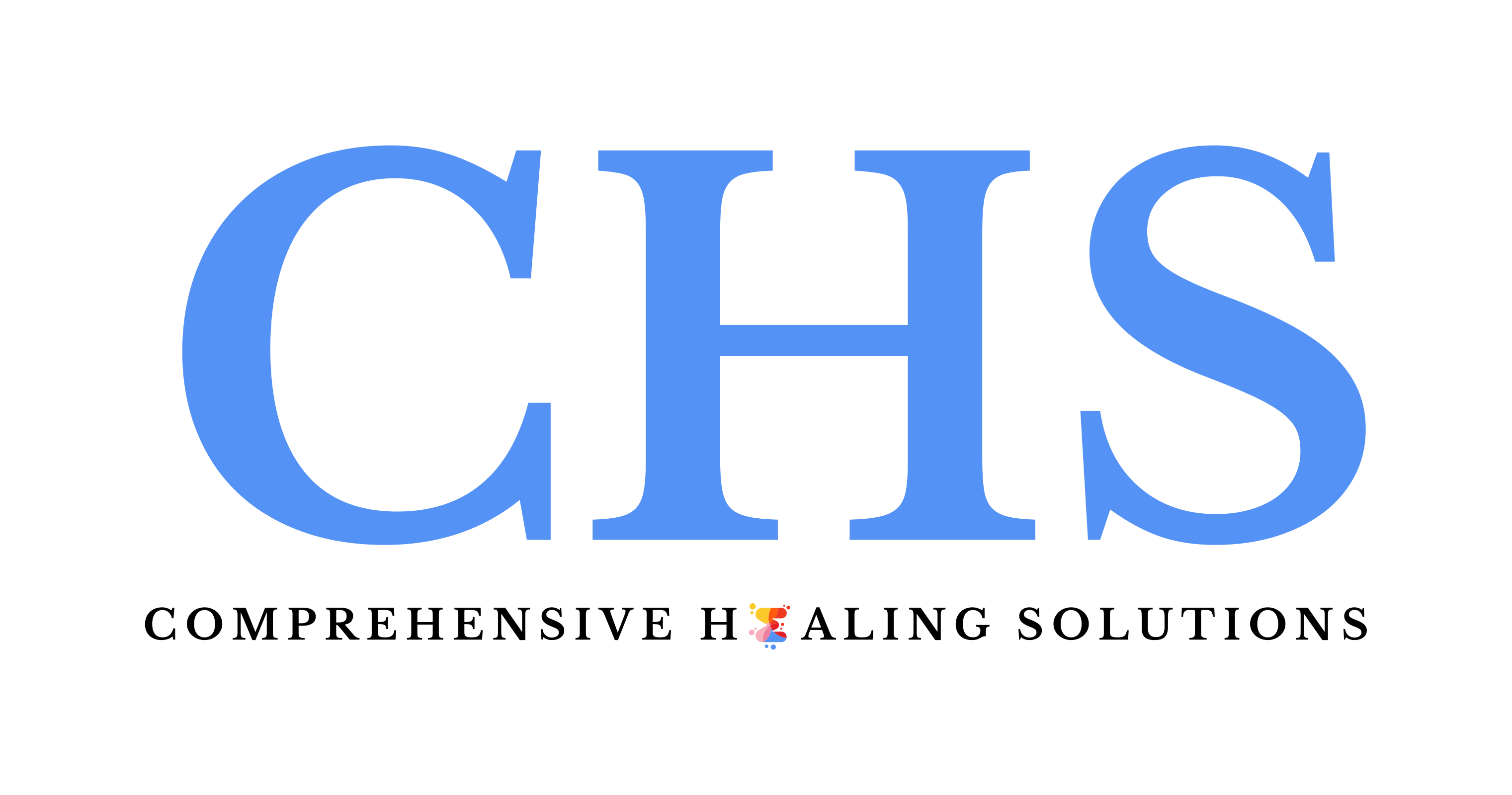
Body-Centered Therapy for Trauma Healing
Body-Centered Therapy (BCT) is an integrative therapeutic approach that emphasizes the connection between the body and mind in trauma recovery. By working with the body’s sensations, posture, and movements, BCT helps individuals process and release trauma stored in the body, leading to emotional healing and restoration of well-being.
Body-Centered Therapy (BCT) is an innovative approach to healing trauma that recognizes the body as a repository of emotional experiences. Traditional talk therapies often focus primarily on cognitive and emotional processes, but trauma also manifests physically in the body. BCT is based on the understanding that the body and mind are interconnected, and that unresolved trauma is often stored in the body’s muscles, tissues, and nervous system. This somatic aspect of trauma can lead to physical tension, chronic pain, and emotional dysregulation.
BCT uses a range of techniques that engage the body in the healing process. These techniques help individuals become more aware of their bodily sensations, identify where trauma may be held in the body, and use movement, breathwork, and somatic exercises to release this tension. By working with both the body and the mind, BCT offers a holistic approach to trauma healing that can lead to profound emotional and physical relief.
In this extensive exploration of Body-Centered Therapy, we will discuss the foundations of somatic psychology, the ways in which trauma is stored in the body, and the various therapeutic techniques used in BCT to facilitate trauma recovery. We will also explore the benefits of BCT for trauma survivors and its application in mental health treatment.
Table of contents [Show]
The Connection Between Trauma and the Body
The relationship between trauma and the body is well-established in both psychological and physiological research. Trauma, especially when it is unresolved or unprocessed, can have a lasting impact on the body’s nervous system. When individuals experience a traumatic event, the body’s natural fight, flight, or freeze response is activated. This response is designed to protect the individual from immediate danger, but in cases where the trauma is overwhelming or prolonged, the body can remain in a state of hyperarousal or dissociation long after the event has ended.
The Role of the Nervous System
The autonomic nervous system (ANS) plays a crucial role in how the body responds to trauma. The ANS is responsible for regulating involuntary bodily functions, such as heart rate, digestion, and respiratory rate. It is also responsible for activating the body’s stress response through two primary branches: the sympathetic nervous system (responsible for the fight-or-flight response) and the parasympathetic nervous system (responsible for rest and digestion).In the context of trauma, the sympathetic nervous system becomes over-activated, leading to heightened states of anxiety, fear, and hypervigilance. In some cases, individuals may experience dissociation, where the parasympathetic nervous system causes the body to "freeze" in response to overwhelming fear. These physiological responses can become ingrained in the body over time, contributing to symptoms such as chronic muscle tension, digestive issues, and sleep disturbances.
Trauma and Somatic Memory
Trauma is often stored in the body as somatic memory—an unconscious, bodily form of memory that bypasses cognitive awareness. Somatic memories may manifest as physical sensations, such as tightness in the chest, shallow breathing, or chronic pain. These bodily sensations are reminders of past trauma, and they can be triggered by seemingly unrelated stimuli, leading to re-experiencing of the trauma.BCT focuses on helping individuals access and process these somatic memories. By bringing awareness to the body and working with physical sensations, BCT allows individuals to reconnect with their bodies in a safe and therapeutic way. This process helps release stored trauma, reducing the intensity of physical and emotional symptoms.
Key Principles of Body-Centered Therapy
Body-Centered Therapy is rooted in several key principles that guide the therapeutic process. These principles emphasize the importance of bodily awareness, the mind-body connection, and the use of somatic techniques to facilitate healing.
Bodily Awareness
One of the foundational principles of BCT is the cultivation of bodily awareness. Trauma survivors often become disconnected from their bodies as a result of their traumatic experiences. This disconnection, or dissociation, is a protective mechanism that helps individuals cope with overwhelming emotions and sensations. However, it can also lead to a lack of awareness of bodily sensations, making it difficult to process and release trauma.In BCT, individuals are encouraged to tune into their bodies and become more aware of physical sensations, posture, and movements. This process of somatic awareness helps individuals identify where trauma may be stored in the body and provides insight into how the body holds onto emotional pain.
The Mind-Body Connection
BCT is based on the understanding that the mind and body are interconnected and that healing trauma requires addressing both the psychological and physical aspects of the individual. This holistic approach recognizes that emotions, thoughts, and physical sensations are all part of the same system and that trauma recovery involves integrating these aspects of the self.By working with the body, BCT helps individuals access emotions and memories that may not be fully accessible through talk therapy alone. This integration of the body and mind allows for a more comprehensive approach to healing.
Release and Regulation of Trauma
Another key principle of BCT is the release of trauma stored in the body. Through somatic exercises, movement, and breathwork, individuals can release the physical tension and energy associated with trauma. This release is often accompanied by emotional processing, allowing individuals to experience relief from both physical and emotional symptoms.In addition to releasing trauma, BCT also focuses on regulating the body’s nervous system. Trauma survivors often experience dysregulation, with their nervous systems remaining in a state of hyperarousal or dissociation. BCT helps individuals learn techniques to regulate their nervous systems, promoting a sense of calm, safety, and well-being.
Techniques Used in Body-Centered Therapy
Body-Centered Therapy incorporates a variety of somatic techniques designed to engage the body in the healing process. These techniques help individuals become more aware of their physical sensations, release stored trauma, and develop greater emotional regulation.
Somatic Experiencing
Somatic Experiencing (SE) is a key technique used in BCT that focuses on helping individuals release the physical energy associated with trauma. SE was developed by Dr. Peter Levine and is based on the idea that trauma survivors often become "stuck" in a state of hyperarousal or dissociation. SE helps individuals complete the body’s natural stress response by engaging in slow, deliberate movements and focusing on bodily sensations.In SE, the therapist guides the individual in tracking their bodily sensations, encouraging them to notice areas of tension, discomfort, or numbness. By bringing awareness to these sensations, individuals can begin to release the trapped energy associated with trauma. This process is slow and gradual, allowing the body to process and integrate the experience safely.
Breathwork
Breathwork is another essential technique in BCT that helps individuals regulate their nervous systems and release stored trauma. Trauma often leads to shallow, rapid breathing, which reinforces the body’s stress response. By practicing deep, diaphragmatic breathing, individuals can activate the parasympathetic nervous system, promoting relaxation and reducing anxiety.In BCT, breathwork is often used in conjunction with other somatic techniques, helping individuals stay grounded and present during the therapeutic process. Breathwork exercises may include slow, rhythmic breathing, breath holding, and guided visualization to promote relaxation and emotional release.
Movement and Postural Awareness
Movement and postural awareness are central to BCT, as trauma is often held in the body’s muscles and tissues. Individuals may develop physical habits, such as tensing their shoulders or clenching their jaw, as a result of trauma. These physical habits can reinforce emotional patterns of fear, anxiety, and hypervigilance.BCT encourages individuals to explore their physical posture and movement patterns, helping them identify where they may be holding tension or restricting movement. By working with the body’s movements and posture, individuals can release physical tension and create new, more adaptive ways of moving through the world.
Touch Therapy
In some cases, BCT may incorporate touch therapy as a way of helping individuals reconnect with their bodies and release stored trauma. Touch therapy is always done with the individual’s consent and in a safe, therapeutic context. It involves gentle, supportive touch that helps individuals become more aware of their bodily sensations and release physical tension.Touch therapy can be particularly helpful for individuals who have experienced physical trauma, as it allows them to experience safe, nurturing contact in a controlled environment.
Mindfulness and Grounding Techniques
Mindfulness is a critical component of BCT, as it helps individuals stay present and aware of their bodily sensations during the therapeutic process. Mindfulness practices, such as body scans, meditation, and grounding exercises, encourage individuals to observe their physical sensations without judgment or attachment.Grounding techniques are especially important in BCT, as trauma survivors may become overwhelmed by intense emotions or sensations. Grounding exercises, such as feeling the feet on the floor or focusing on the breath, help individuals stay connected to the present moment and regulate their emotions.
Applications of Body-Centered Therapy
Body-Centered Therapy is highly effective for individuals who have experienced trauma, but it also has broader applications for mental health treatment. BCT can be used to address a wide range of psychological and emotional challenges, including:
- Trauma Recovery
BCT is particularly effective for individuals who have experienced trauma, including childhood abuse, sexual assault, combat-related trauma, and natural disasters. Trauma often leaves individuals feeling disconnected from their bodies, leading to physical tension, chronic pain, and emotional dysregulation. BCT helps individuals process and release trauma stored in the body, leading to greater emotional and physical well-being. - Anxiety and Depression
Anxiety and depression often manifest in the body as physical tension, shallow breathing, and a sense of heaviness. BCT helps individuals become more aware of these physical symptoms and use somatic techniques to release tension and promote relaxation. By addressing both the physical and emotional aspects of anxiety and depression, BCT offers a holistic approach to mental health treatment. - Chronic Pain and Physical Symptoms
Many individuals with chronic pain or physical symptoms have underlying emotional trauma that contributes to their physical discomfort. BCT helps individuals explore the connection between their emotions and physical symptoms, allowing them to release trauma stored in the body and experience relief from chronic pain. - Relationship Issues
BCT can also be helpful for individuals struggling with relationship issues, including attachment wounds, emotional intimacy challenges, and communication difficulties. By working with the body’s sensations and movements, BCT helps individuals become more aware of their emotional patterns and develop healthier ways of relating to others.
Benefits of Body-Centered Therapy
Body-Centered Therapy offers numerous benefits for individuals seeking to heal from trauma and improve their mental health. Some of the key benefits include:
- Holistic Healing
BCT addresses both the physical and emotional aspects of trauma, providing a holistic approach to healing. By working with the body’s sensations, movements, and breath, individuals can experience profound emotional release and physical relief. - Enhanced Emotional Regulation
Trauma survivors often struggle with emotional dysregulation, experiencing intense emotions such as fear, anger, or sadness. BCT helps individuals develop greater emotional regulation by teaching them techniques to calm their nervous systems and process difficult emotions. - Improved Body Awareness
BCT encourages individuals to reconnect with their bodies, fostering greater bodily awareness and helping them identify where trauma may be stored. This increased awareness allows individuals to release physical tension and develop a more positive relationship with their bodies. - Reduction of Physical Symptoms
Many individuals experience physical symptoms as a result of unresolved trauma, including chronic pain, headaches, digestive issues, and sleep disturbances. BCT helps individuals release the physical tension associated with trauma, leading to a reduction in these symptoms. - Deeper Emotional Healing
BCT provides individuals with a safe and supportive space to process and release emotional pain stored in the body. This process of emotional healing allows individuals to move beyond the trauma and experience greater peace, joy, and fulfillment.
Conclusion
Body-Centered Therapy offers a powerful and effective approach to healing trauma by addressing the physical, emotional, and psychological aspects of the individual. By working with the body’s sensations, posture, and movements, BCT helps individuals release trauma stored in the body, leading to profound emotional and physical healing. Whether used to address trauma, anxiety, depression, or relationship issues, BCT provides a holistic and transformative path to well-being.
Through the use of somatic techniques such as breathwork, movement, and mindfulness, individuals can reconnect with their bodies, develop greater emotional regulation, and experience relief from physical and emotional symptoms. By integrating the mind and body in the healing process, BCT offers a comprehensive approach to trauma recovery that empowers individuals to heal from the inside out.



